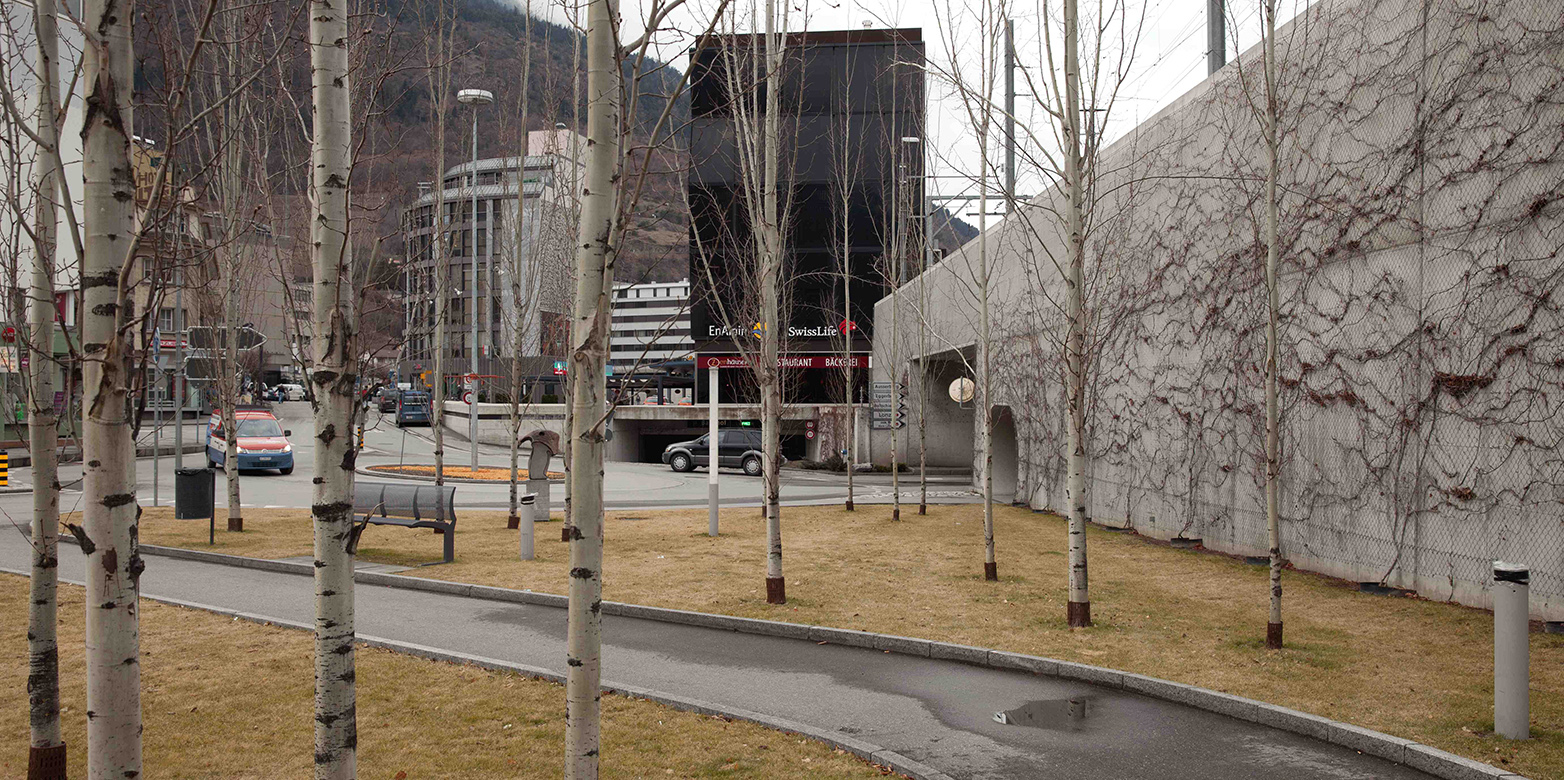Urban Events/Local interventions

Perspectives on suburban planning
The proposed project aims at embedding urban design into the very processes of its generation, thereby harnessing the capacity to design that is ultimately framed by policy-making, strategic spatial planning and decision-making, and by the work processes in implementation. Several scientific disciplines have contributed to understanding of these local processes. In this project, we draw from four fields of knowledge:
Urban Design and Architecture (Documenting urban events)
Governance of urban transformation (Analysis of municipal policies)
Planning and decision-making (Tracing and mapping of planning strategies)
Studies of Work (Implementation of projects)
We argue that city regions are best understood by observing their change over time with a focus on external shocks; thus, urban design activity should be analysed with respect to "ruptures" that generate far from equilibrium, "crisis" situations, nudge everyday practices away from their standard responses, call for an explicit formulation of design strategies, and require their implementation into built environment. This is what we define as "urban ruptures" - they are the starting point of this research project.
Our perspective on urban quality implies to attend to the multiple relations (of people, building, systems, processes, institutions) that make, shape and perform the city. The proposed project explores local solutions with regard to urban quality against the background of such ruptures that are induced by major changes in transportation connectivity and that trigger activities to conserve, secure or generate new urban qualities. More precisely, we endeavour to unveil the dynamics that influence the promotion - or hampering - of urban quality in development projects at the municipal level. Ultimately, the goal of the project is to understand the production of urban textures, and tracing the manifold transformations between both urban design and various (decision-making) processes in the field of policy-making, spatial planning and administrative work, and between those sequences respectively.
The project is structured as follows:
A. Three disciplinary tracks (political science, urban geography and urban sociology): the analysis of three translations/transformations of which we expect that they are coupled in complex ways, taking place synchronically and diachronically, by means of both feed.
B. An interdisciplinary approach: in four design studios, which are run by invited architects and followed by researcher involved in the track of the project. Studio participants will get retrospective and prospective insight in changes in the urban fabric that then can be linked to transportation connectivity. The aim of the design studio is to generate new research questions, to reorganise research procedures, or to reconsider taken for granted knowledge.
2010 to 2013
Lead
Lead external
Collaboration
Collaboration external